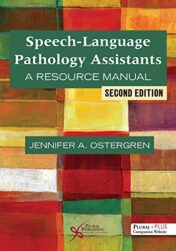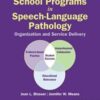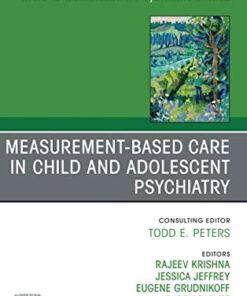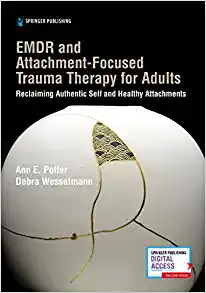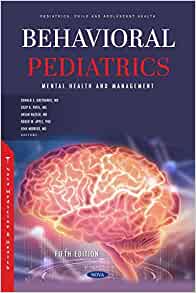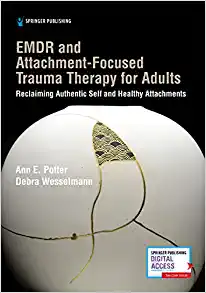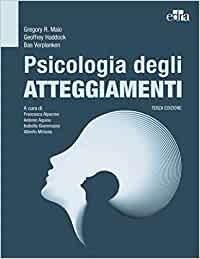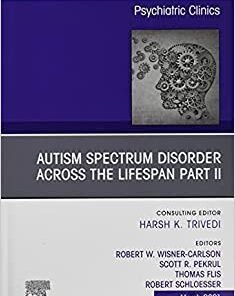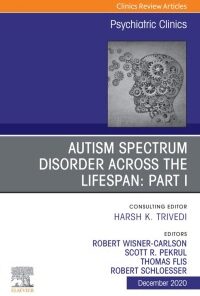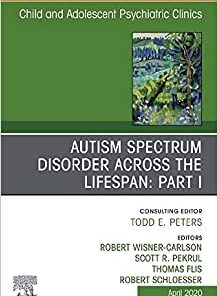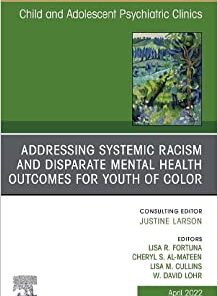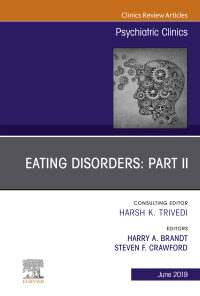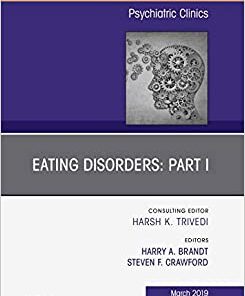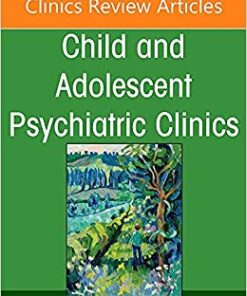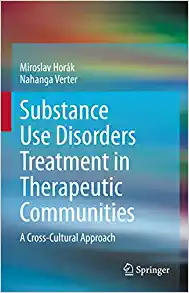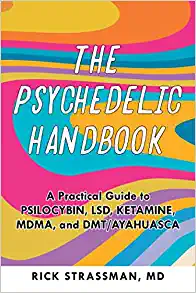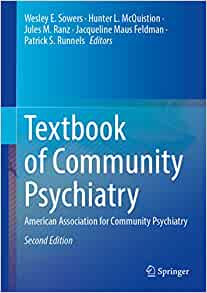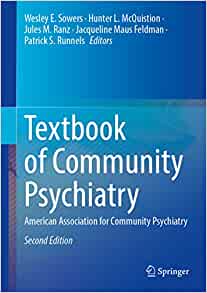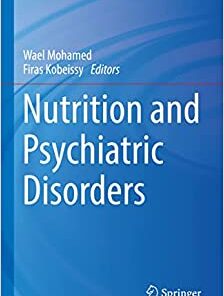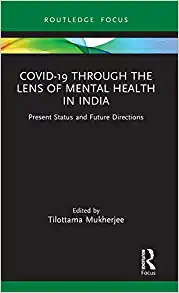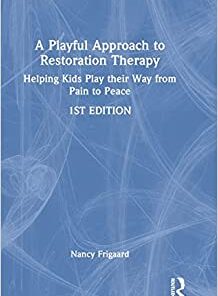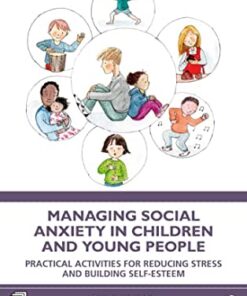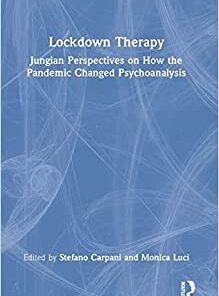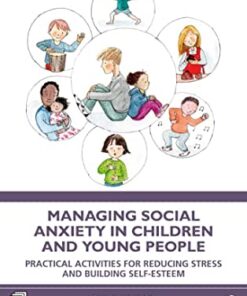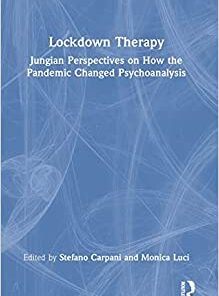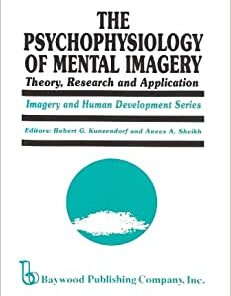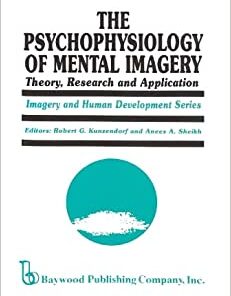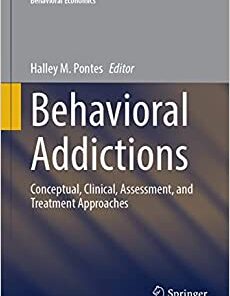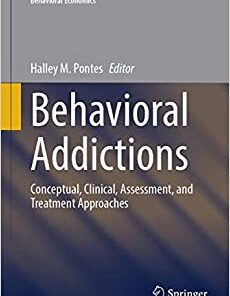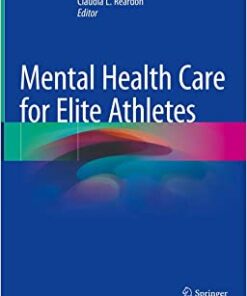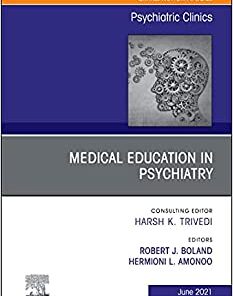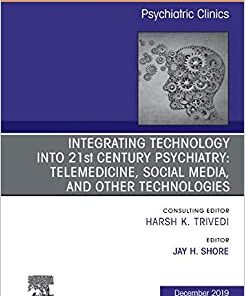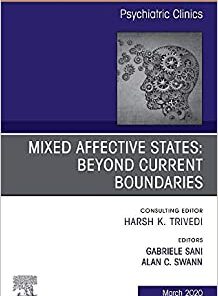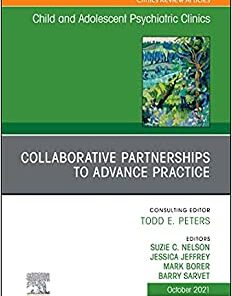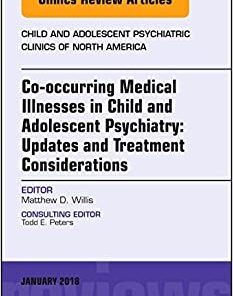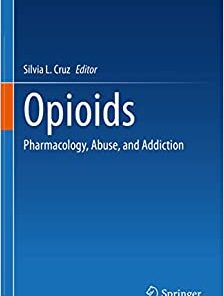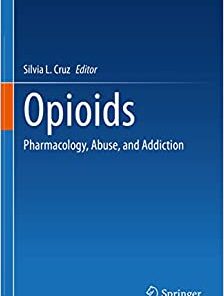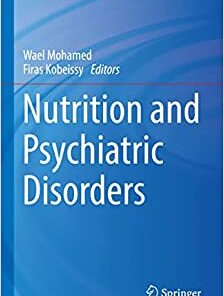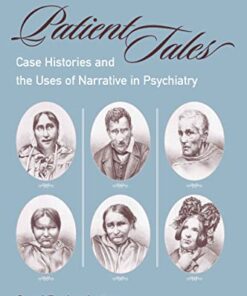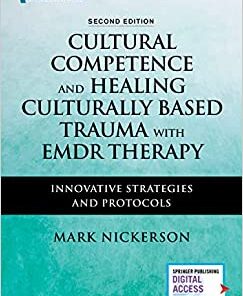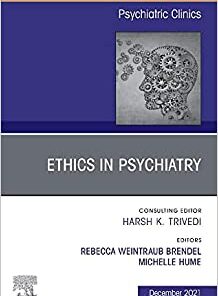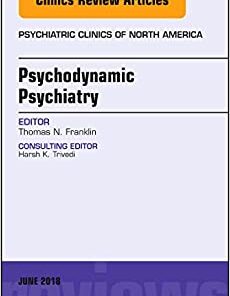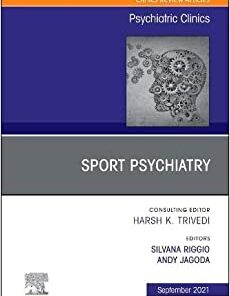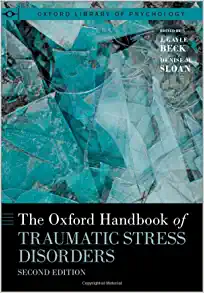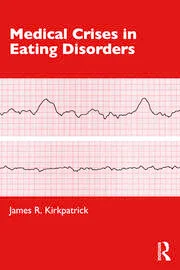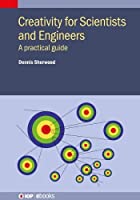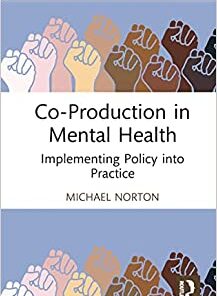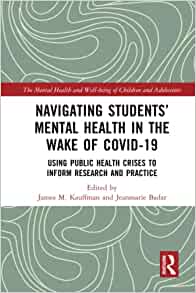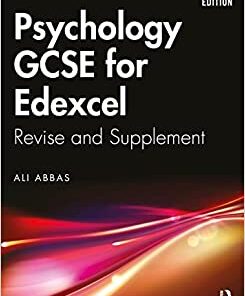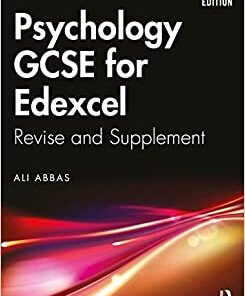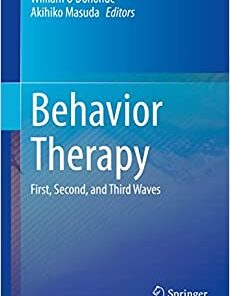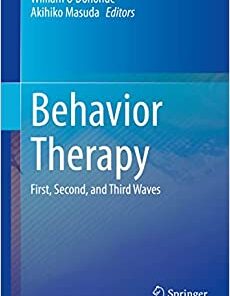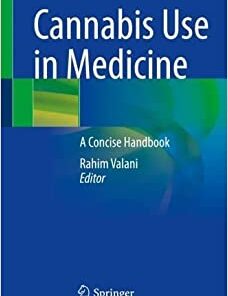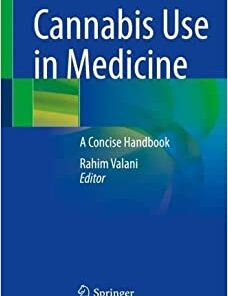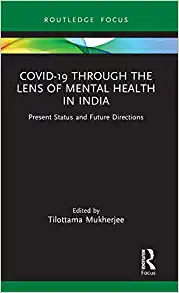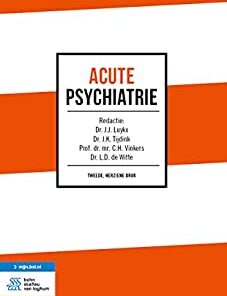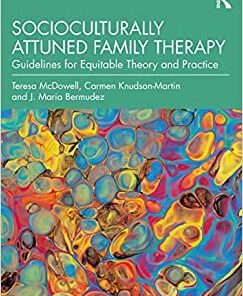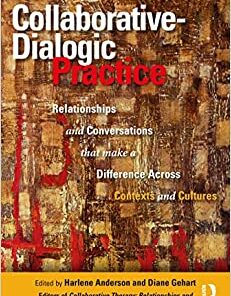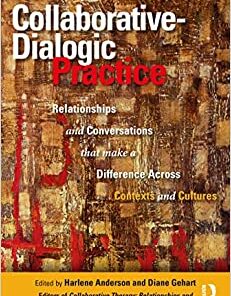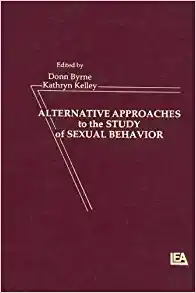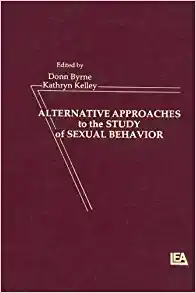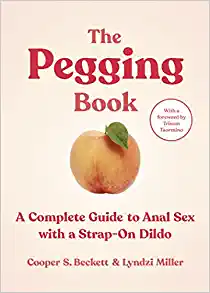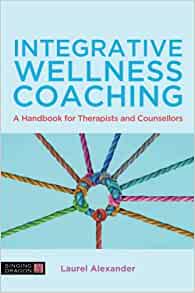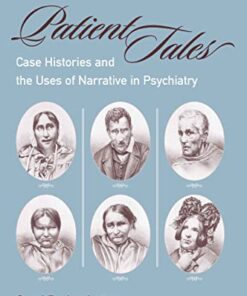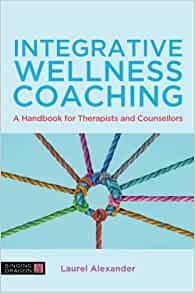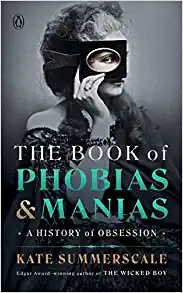Speech-language Pathology Assistants: A Resource Manual (Original PDF)
$15
Speech-language Pathology Assistants: A Resource Manual (Original PDF)
Written specifically with speech-language pathology assistants (SLPAs) in mind, Speech-Language Pathology Assistants: A Resource Manual, Second Edition, is a practical, easy-to-use manual that can be used by both SLPAs and SLPA educators. The text defines the roles of SLPAs and their supervisors – offering additional insight into the scope of practice of an SLPA per current American Speech-Language-Hearing Association (ASHA) recommendations and includes discussions, strategies, and examples of real-world issues, such as using augmentative and alternative communication (AAC) and working with individuals with autism spectrum disorders (ASD). Also included within the chapters are “Things to Consider” sections, which address important factors and modifications that can enhance the effectiveness of treatment activities. For example, incorporating play, literacy, and speech sound remediation into treatment or modifying the clinical interface to enhance group therapy dynamics for children and adults.
Initial chapters are devoted to specific aspects of an SLPA’s development, such as chapters on ways SLPAs can enhance clinical service through understanding of goals, lesson plans, data collection, and note-writing. Likewise, chapters on professional practice offer insight into ethical problem-solving, presenting a professional image, developing mentoring relationships, working with culturally and linguistically diverse populations, and the use of self-reflection for self-improvement. These chapters are followed by key principles for SLPAs to incorporate in clinical services provided to specific populations and disorders.
This second edition contains relevant updates in the field of speech-language pathology and recent research and references throughout. Included are additional “A Day in the Life” stories of actual SLPAs their daily activities, rewards and challenges they face, and their words of wisdom to fellow SLPAs. New to this edition are four important chapters applicable to the work of an SLPA. This includes a chapter specific to behavioral principles and the use of positive behavioral supports and intervention (PBIS). New chapters were added in the areas of early intervention and the important topic of language intervention in children – both of which are highly pertinent to the roles of most SLPAs. A chapter was also added to address key principles in service provision for adults with neurologic disorders, including an overview of common treatment approaches for the disorders of aphasia, right hemisphere brain dysfunction (RHBD), cognitive-communicative disorders associated with TBI, apraxia of speech, and dysarthria. The second edition also contains access to a PluralPlus companion website with helpful appendices to support the material covered in the text, such as checklists, exercises, forms, and other clinical tools and resources specific to SLPAs.
Speech-Language Pathology Assistants: A Resource Manual, Second Edition is a key resource for enhancing skills and highlighting professional practice issues, for clinical practicum training or future employment. This is a text both SLPAs and SLPA educators will want to have on their bookshelves.
Related Products
PSYCHIATRY BOOKS
PSYCHIATRY BOOKS
PSYCHIATRY BOOKS
PSYCHIATRY BOOKS
Psyched: Seven Cutting-Edge Psychedelics Changing the World (EPUB)
PSYCHIATRY BOOKS
PSYCHIATRY BOOKS
PSYCHIATRY BOOKS
PSYCHIATRY BOOKS
Mental Health Care for Elite Athletes (Original PDF from Publisher)
PSYCHIATRY BOOKS
PSYCHIATRY BOOKS
PSYCHIATRY BOOKS
PSYCHIATRY BOOKS
PSYCHIATRY BOOKS
PSYCHIATRY BOOKS
PSYCHIATRY BOOKS
PSYCHIATRY BOOKS
Collaborative-Dialogic Practice (Original PDF from Publisher)
PSYCHIATRY BOOKS
PSYCHIATRY BOOKS
Alternative Approachies To the Study of Sexual Behavior (EPUB)
PSYCHIATRY BOOKS
Psychosocial Analysis of the Pandemic and Its Aftermath (EPUB)
PSYCHIATRY BOOKS
PSYCHIATRY BOOKS
PSYCHIATRY BOOKS
The Book of Phobias and Manias: A History of Obsession (EPUB)

